Industrial brackets play a pivotal role in a myriad of manufacturing and construction processes, securing different components together in a reliable manner. With an array of shapes, sizes, and materials, each bracket is tailored to meet unique requirements. In this blog, we delve into the diverse world of industrial brackets and their design principles.
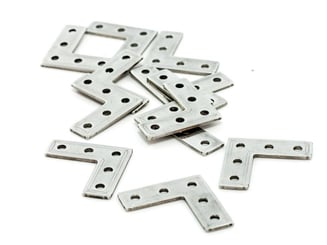 1. Angle Brackets: Making Right Angles Right
1. Angle Brackets: Making Right Angles Right
Angle brackets are engineered to connect two perpendicular structural elements like beams and columns. The design parameters for an angle bracket include the angle, size, and material, each decided based on the corresponding components and the required strength.
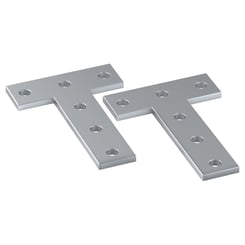 2. T-Brackets: The Power of Extra Support
2. T-Brackets: The Power of Extra Support
T-brackets are employed to connect two perpendicular structural elements with an added support brace. The design process considers the angle, size, and material of both the bracket and the support brace, with the aim of achieving the required strength.
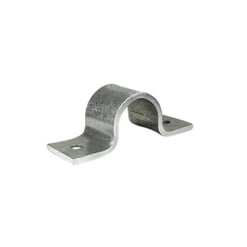 3. U-Brackets: The Parallel Connector
3. U-Brackets: The Parallel Connector
U-brackets serve to attach two parallel components, like panels, to a vertical surface. The design of a U-bracket involves determining the appropriate size and material, based on the components' dimensions, weight, and the required strength.
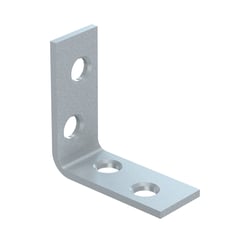 4. L-Brackets: Connecting Perpendicular Planes
4. L-Brackets: Connecting Perpendicular Planes
Used to connect two perpendicular components to a wall or another surface, L-brackets demand careful consideration of size, angle, and material during the design process.
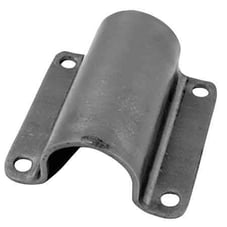 5. Pipe Brackets: Supporting the Cylindrical
5. Pipe Brackets: Supporting the Cylindrical
Specifically designed to support pipes and cylindrical objects, pipe brackets require the determination of the right size, based on the pipe's diameter and weight, and material choice for the desired strength.
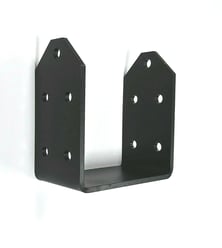 6. Beam Brackets: Bridging Structural Elements
6. Beam Brackets: Bridging Structural Elements
Beam brackets, used to connect beams and other structural elements, involve a design process that takes into account the size, angle, and material, all determined based on the beam's specifications and the required strength.
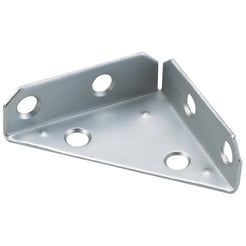 7. Corner Brackets: Reinforcing Perpendicular Connections
7. Corner Brackets: Reinforcing Perpendicular Connections
Corner brackets are used to link two perpendicular components at a corner, with the design process requiring a careful selection of size, angle, and material for optimal strength and fit.
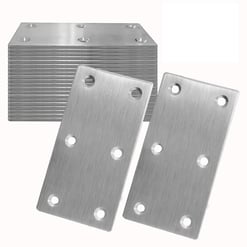 8. Flat Brackets: Connecting Parallel Components
8. Flat Brackets: Connecting Parallel Components
Flat brackets are employed to connect two parallel components to a vertical surface. The design considerations include the size, based on the components' dimensions and weight, and the material, chosen for the required strength.
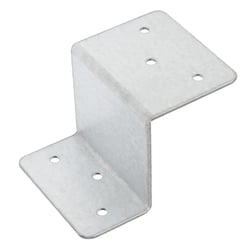 9. Z-Brackets: Extra Support at Corners
9. Z-Brackets: Extra Support at Corners
Z-brackets are utilized to bolster two perpendicular components at a corner, providing an additional layer of support. Designing a Z-bracket demands careful consideration of size, angle, and material, each chosen based on the components' specifications and the strength required.
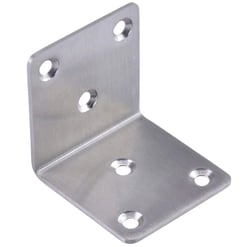 10. Plate Brackets: Right Angle Connectors
10. Plate Brackets: Right Angle Connectors
Plate brackets serve to connect two structural elements at a right angle. The design of a plate bracket calls for determining the required size and material. The size should be based on the components' dimensions, while the material should be chosen with an eye on the required strength and environmental factors.
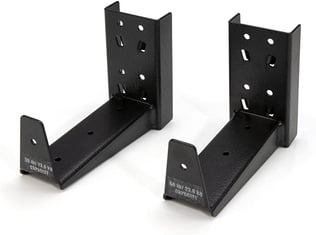 11. Cantilever Brackets: Defying Gravity
11. Cantilever Brackets: Defying Gravity
Cantilever brackets are employed to support overhanging structures without any vertical or diagonal supports. The design of a cantilever bracket involves choosing the size and material, which should be based on the weight of the overhanging structure and the required strength and stability.
CADmore Can Help
Are you looking for expert help in designing your product or need further insights on industrial brackets? CADmore is dedicated to delivering high-quality manufacturable designs with swift turnarounds. Let us help you bring your ideas to life. Contact us today.